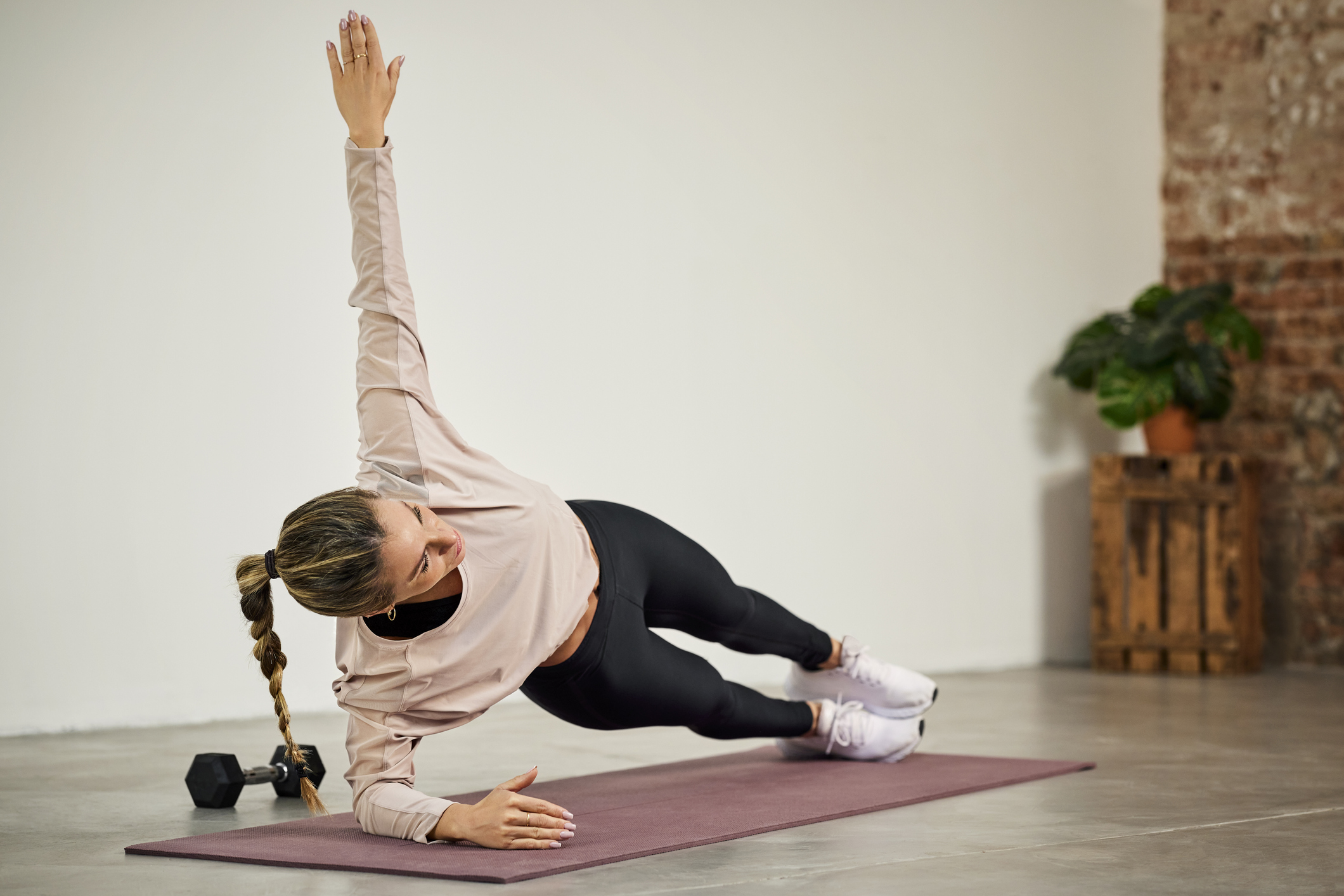Recent Articles
Life After Surgery: Returning to A Life in Motion Jul 22, 2024
Joint Replacement Surgery 101 Jul 16, 2024
Orthopaedic Associates and Duluth Harbor Monsters Partner to Create the Strongest Team Jun 25, 2024
An Athletic Trainer’s Guide to Preventing Sports Injuries Jun 3, 2024
Exercise and Arthritis: Low-Impact Exercises for Joint Health May 20, 2024
Managing your Arthritis Pain May 8, 2024
Safety Tips for this Gardening Season Apr 16, 2024
The Role of Stretching and Flexibility Exercises Apr 8, 2024
Hydration and Orthopaedic Wellness: Why Water Matters Mar 25, 2024
Fueling your Body: Using Nutrition to Benefit Musculoskeletal Health Mar 12, 2024
Train Smart this Running Season: Tips From our Build Your Run Seminar
June 7, 2023
As the weather warms, paths clear, and the outdoor running season continues, our team at Orthopaedic Associates wants to make sure our community stays safe and healthy when they start putting in the miles.

On May 2nd our Build Your Run, A Smart Approach to a Successful Running Season seminar was held by physical therapists Dani Morse, DPT and Shyanne McGregor, DPT. The goal of the seminar was to educate and inform attendees on how to decrease the risk of injury while training for any upcoming races or for those who just like to run recreationally.
In case you missed the event, this blog will cover a few important takeaways.
Most injuries occur due to training errors, so a smart progression to running is important to limit the chances of runner’s knee, shin splints, achilles tendinitis, stress fractures, and other lower body pain.
5 things to consider when starting a running program:
Where are you starting from?
Have you been running all winter or did you take a break? What is your current level of fitness and experience? These things will determine where you start in your running program in terms of mileage and intensity.
Additional information to take into consideration is if you have been running on a treadmill or outside. Different terrain will have a different impact on your joints and muscles. You may also want to think about where you want your end goal to be. Are you training for a specific distance or race? How quickly do you want to reach a place where you are in top physical condition to be able to reach your running goals, whether that be a personal record or simply finishing your longest race so far.
Our bodies will adapt to the stresses we put on them as long as we progress gradually and give our body the time it needs to reach our goals. We recommend:
-
Building volume before building intensity
-
Start with interchanging walk/run intervals and progressing the amount of running versus walking gradually
-
Increase this volume by 10% each week
-
Increase your intensity 10-20% each week
Ensure a strong core, hips, calves, and feet.
Making sure your body is strong and healthy will provide a solid base for efficient and injury-free running. Incorporating some strength training into your program at least two times per week will help achieve this base.
A few tests you can do to see if you have the strength needed for running are:
-
Single Leg Calf Raises: 30 reps
-
Single Leg Squats: 20 reps
-
Single Leg Balance: 30 seconds
-
Unilateral Hip Bridges: 20 reps
-
Planks: 60 second
-
Side Planks: 30 seconds

Is Cross Training part of your plan?
Adding in movements like biking, swimming, rowing, or cross-country skiing is a great way to increase overall aerobic fitness without the mechanical stress running causes. This will also limit burnout and mental fatigue that can come with long distance running.
Purchase the right pair of shoes.
The key for shoe choice is comfort (sorry, look isn’t really important here). Everyone’s feet are different so what works for your running partner might not be the best fit for you.
Consider the type of running you will be doing. For longer runs, you could use a more cushioned shoe. For shorter, faster runs and races, use a more responsive shoe with a different midsole foam, geometry, and stiffness level. There are many running shoe retailers in our area that can help you find your perfect fit! If you are looking into new running shoes check out places like Tortoise & Hare Footwear, Austin-Jarrow, or Duluth Running Company.
Fuel and refuel correctly.
As training volume ramps up, proper fueling becomes more and more important for high performance and the ability to recover after training. Before a training session, eat a small meal or snack containing about 35 grams of carbs and 10 grams of protein. Pack an energy gel or a few energy chews to take every 30-45 minutes during your runs. Then for post training, we recommend a 3:1 carb to protein ratio, for example 60 grams of carbs to 20 games of protein.

If you are interested in more information on how to stay safe this running season, our therapy team at Orthopaedic Associates also offers running assessments and custom running programs to help you start your training on the right foot! Fill out our contact form to request an appointment: https://www.oaduluth.com/contact.php.

